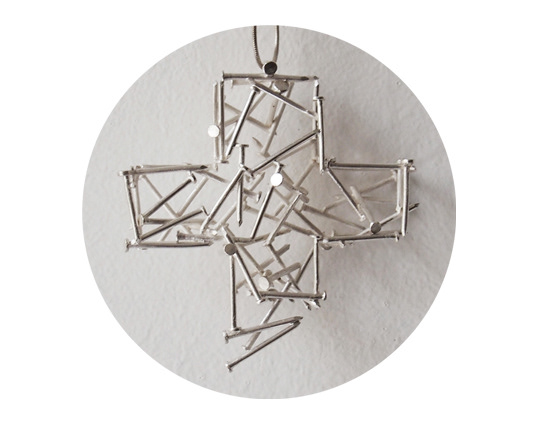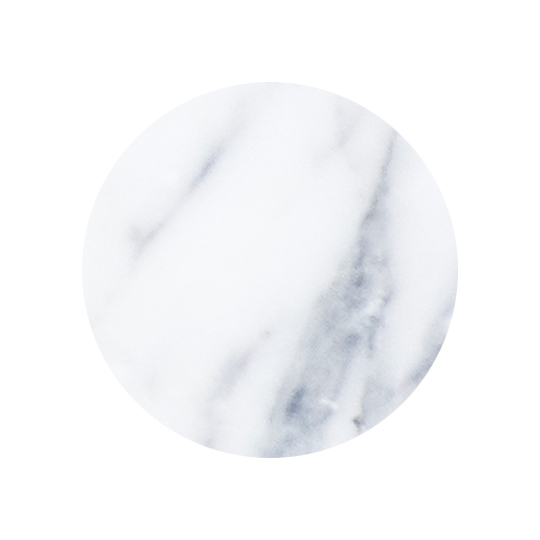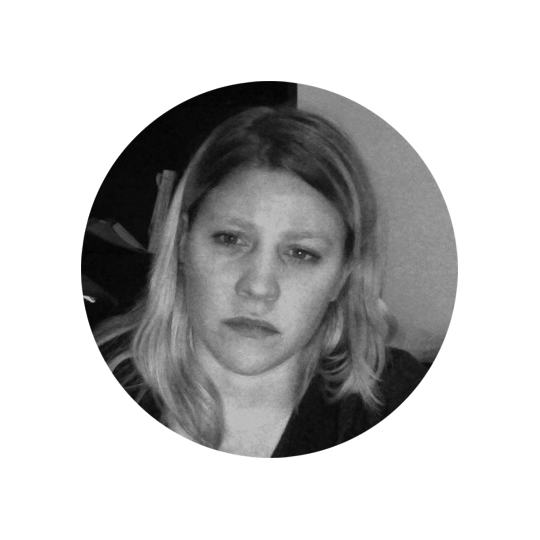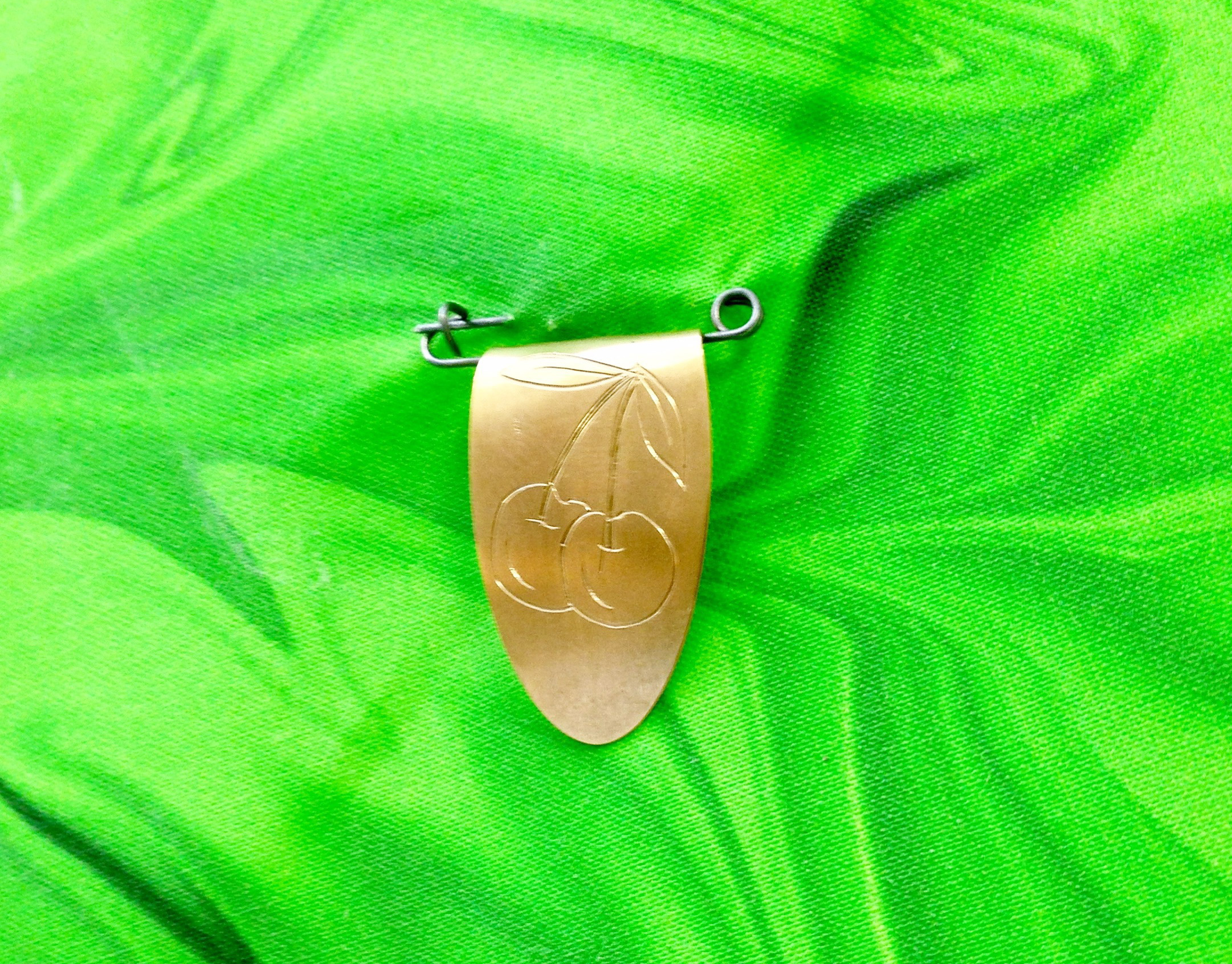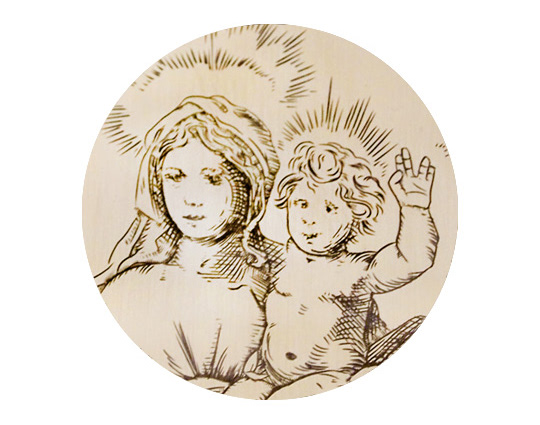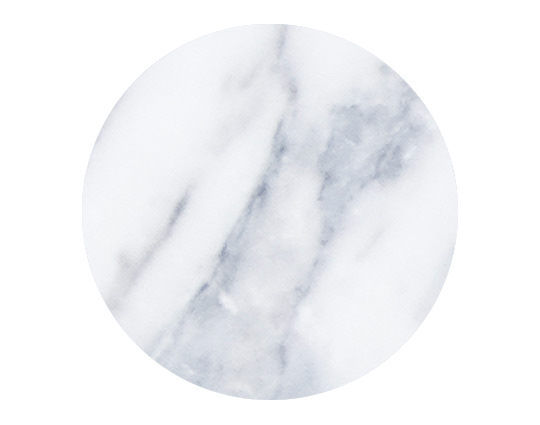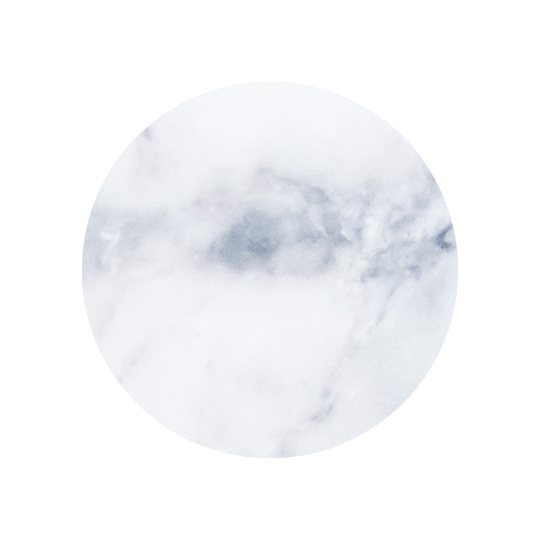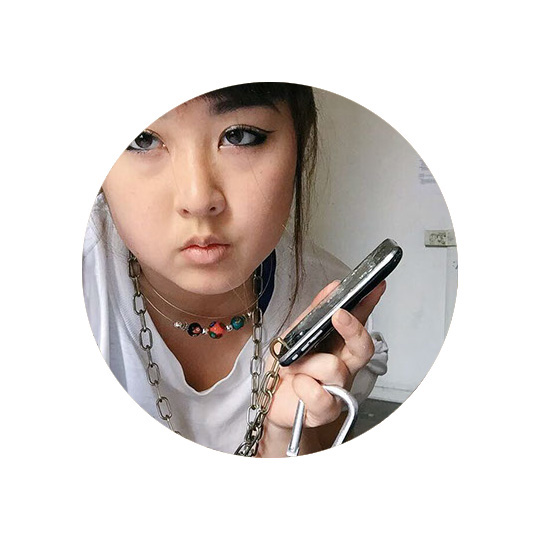RECOVERED FRAGMENTS
hollow gold-plated copper
RESTORED FRAGMENTS
copper-plated wood, paint, brass
SINGLE FRAGMENT
copper
RECONSTRUCTED FRAGMENTS
gold-plated and patinated copper
BRONZE № I
patinated bronze
BRONZE № II
bronze, silver
BRONZE № III
patinated bronze
BINARY ARCH STUDY
porcelain, handmade rope, brass
CONCAVE/CONVEX
porcelain, handmade rope, silver
PROFILE STUDY
porcelain, handmade rope, silver
HANGING FRAGMENT
porcelain, handmade rope
A BORROMINI
porcelain
DILATION/CONTRACTION
porcelain
STATEMENT FROM 2011:
My work is informed by the past, fueled by an interest in contemporizing our visual history. My curiosity in what came before me closely relates to the inherent fundamentals of adornment as a concept; I explore the human body’s direct relationship to architecture, as time has honored the idea that the human body deserves parallel exaltation. Using the decorative and structural articulation of environments like Italian churches, I aim to exploit the body as a site and surface able to be similarly defined.
Adapted fundaments of Renaissance and Baroque architecture encompass my work using identifiable derivations of visual vocabularies, principles, and dynamic functions. Using proportion and balance, contraction and release, my work explores ambiguity of scale. The physicality of each piece is also essential to the visual presence when seen on the body, and the structural presence when felt worn.
This series intends to reframe how the body is perceived by unifying object and body as one. This goal of unification is met with limitations of perception- how does one communicate a theoretical environment where piece meets the intended site, if one does not get to handle the piece personally? The tangible object alone is not the complete work; without the body, only fallen fragments would be found. How are they to be put back?
I consider each work in this series to be object(s) on a body in unprinted photographs. If given the opportunity, these works would ideally be projected quite large.
Adapted fundaments of Renaissance and Baroque architecture encompass my work using identifiable derivations of visual vocabularies, principles, and dynamic functions. Using proportion and balance, contraction and release, my work explores ambiguity of scale. The physicality of each piece is also essential to the visual presence when seen on the body, and the structural presence when felt worn.
This series intends to reframe how the body is perceived by unifying object and body as one. This goal of unification is met with limitations of perception- how does one communicate a theoretical environment where piece meets the intended site, if one does not get to handle the piece personally? The tangible object alone is not the complete work; without the body, only fallen fragments would be found. How are they to be put back?
I consider each work in this series to be object(s) on a body in unprinted photographs. If given the opportunity, these works would ideally be projected quite large.
